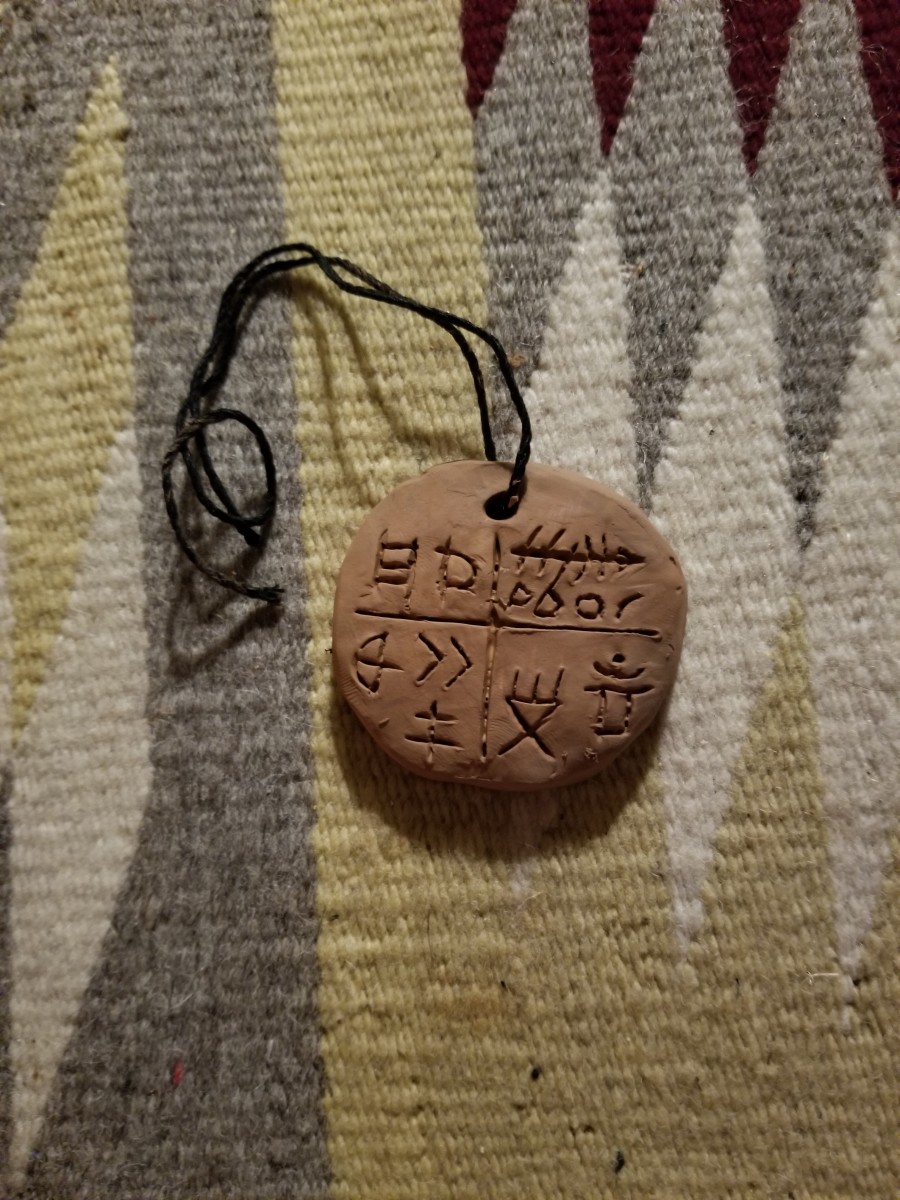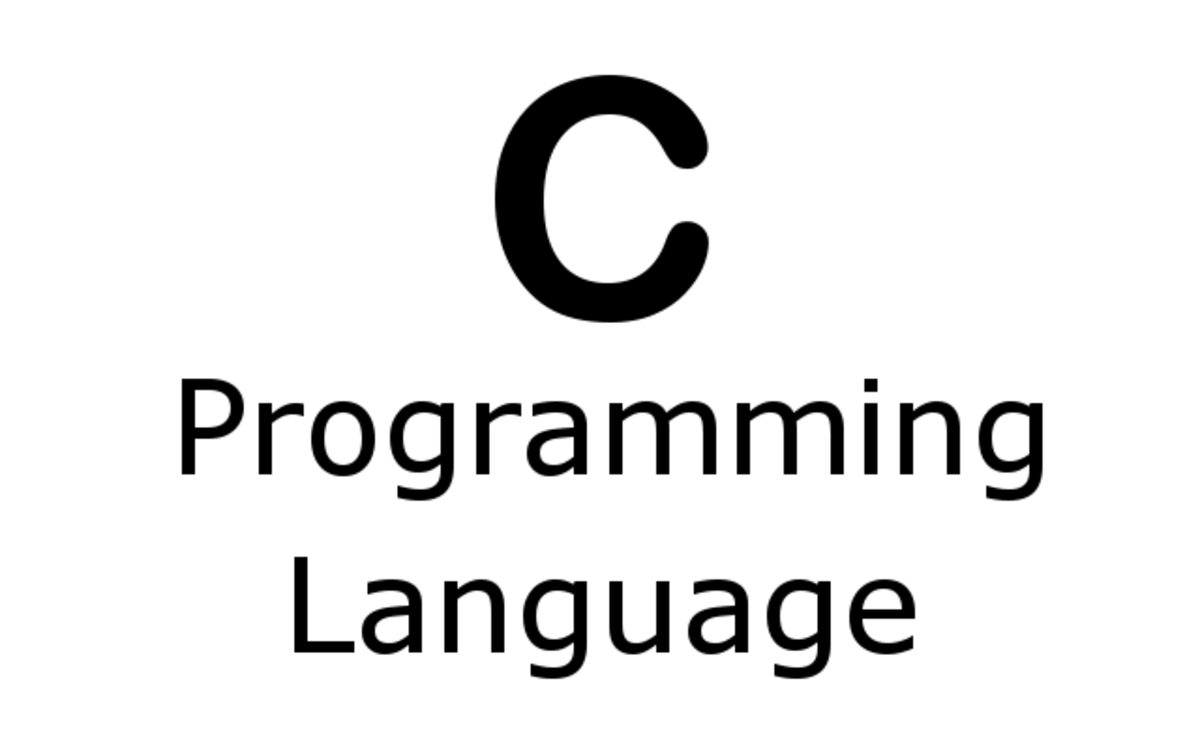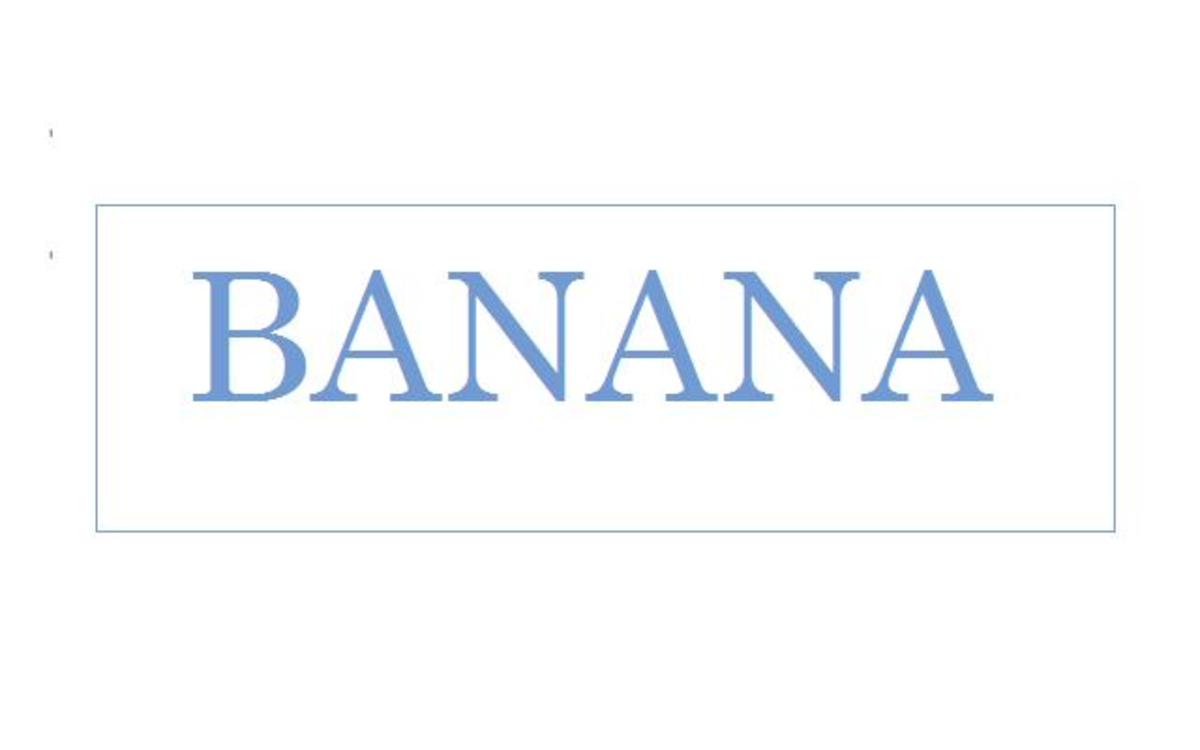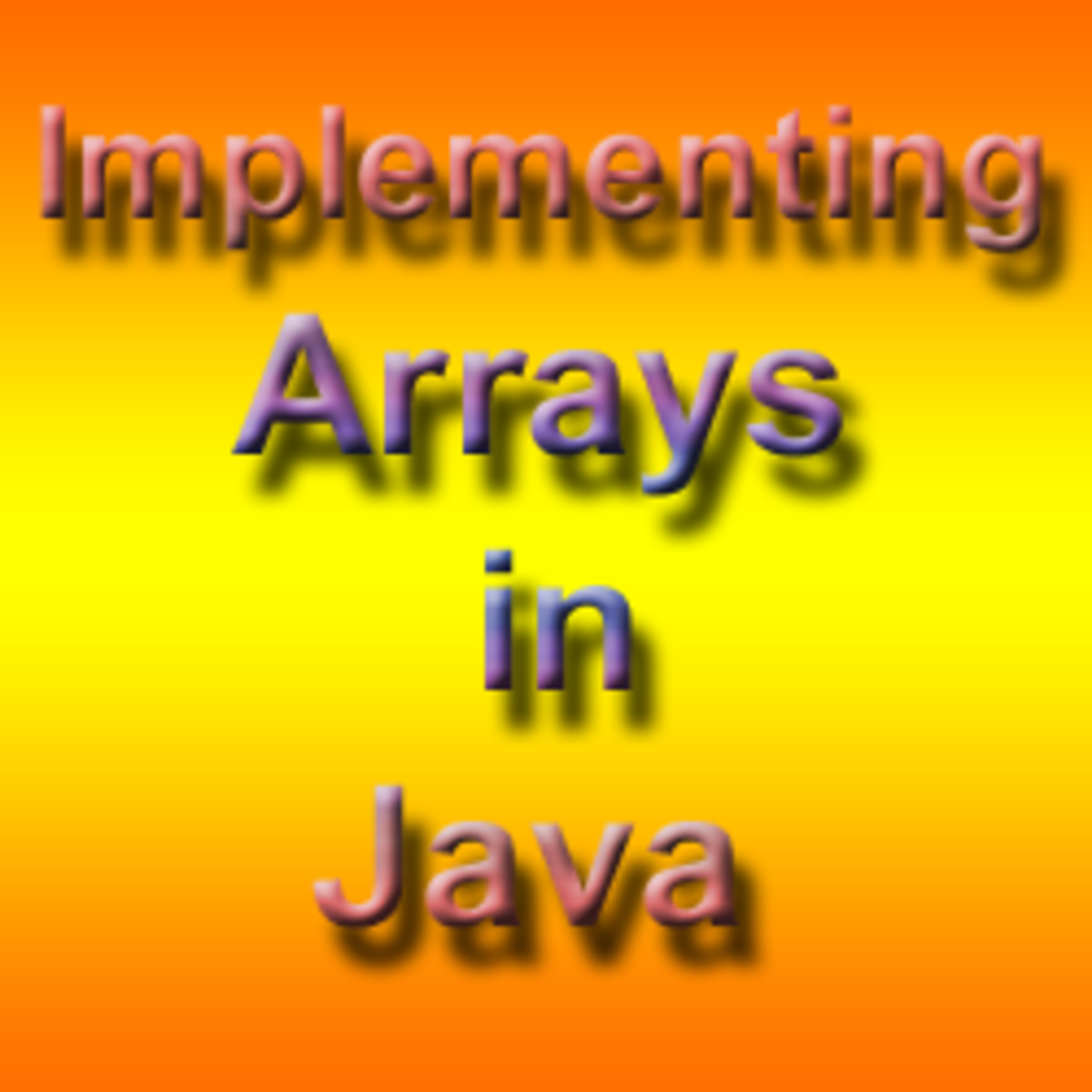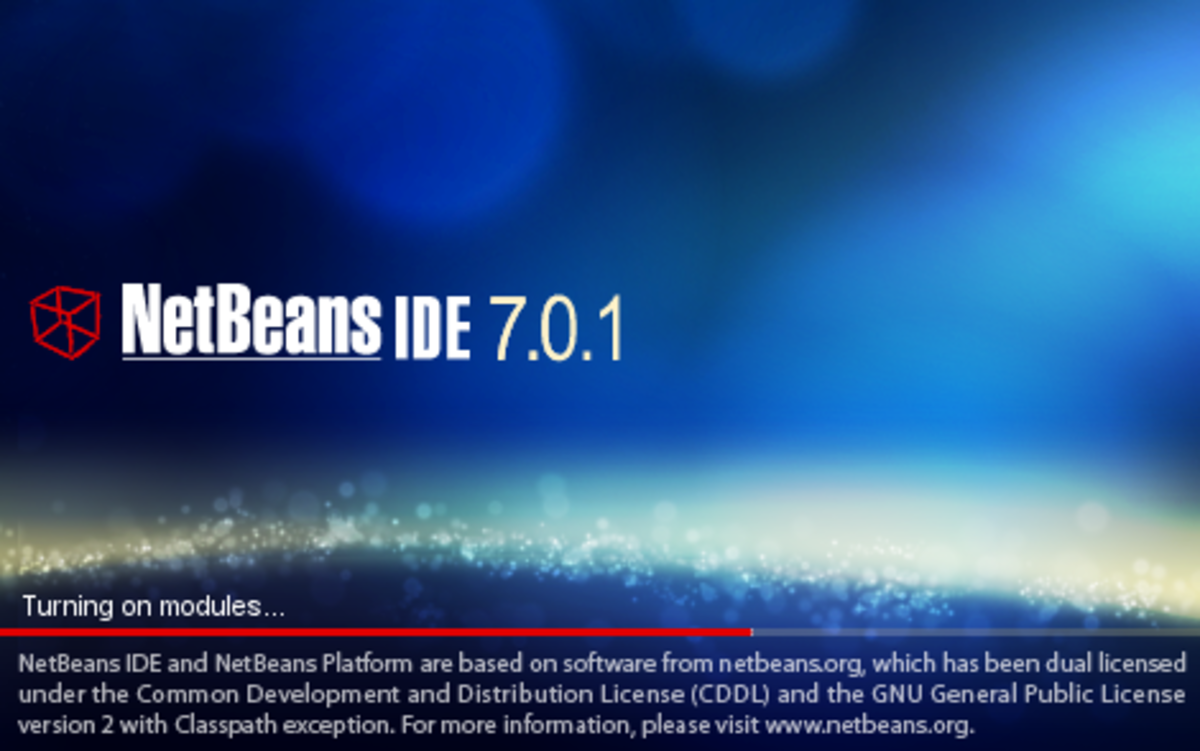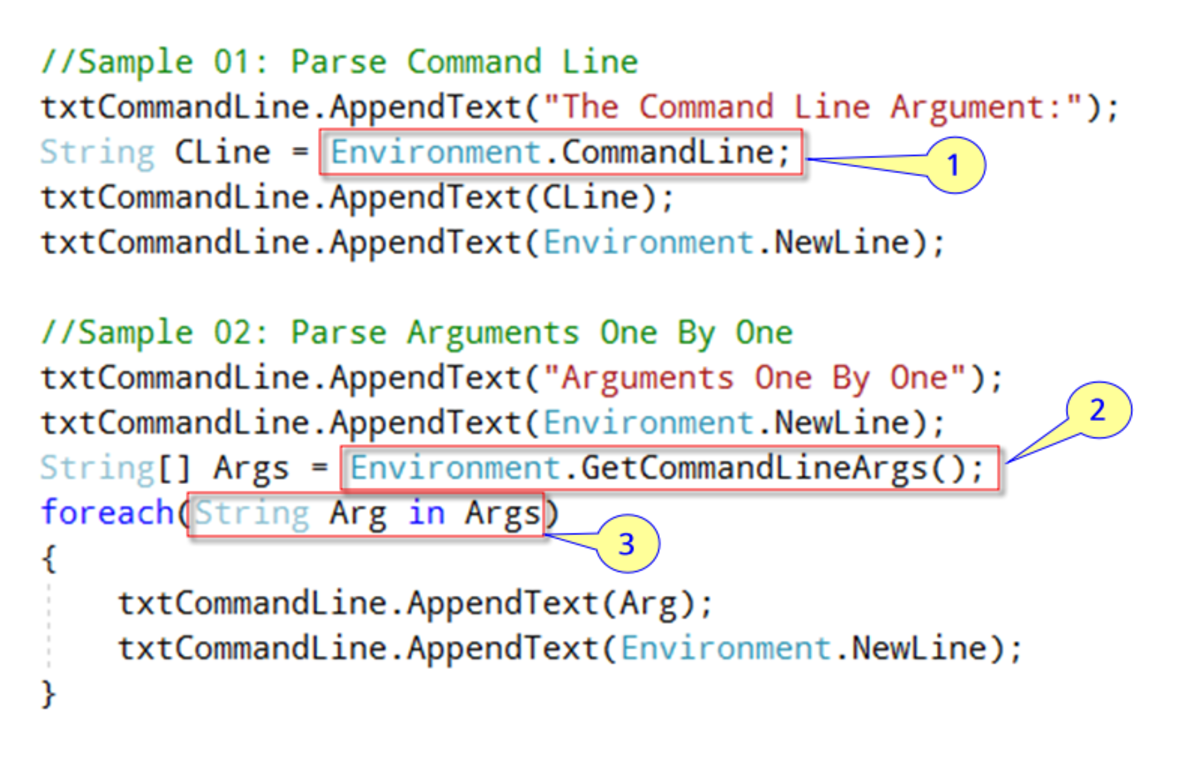- HubPages»
- Technology»
- Computers & Software»
- Computer Science & Programming»
- Programming Languages
About C++
C++ (C Plus Plus) was developed in the late 1970s by the Danish computer scientist, Bjarne Stroustrup, as a set of enhancements to allow object-oriented programming in C and today it is one of the most popular programming languages in the world. C++ is a powerful and flexible general purpose programming language that allows programming in a number of different paradigms, including object-oriented, procedural, functional and generic programming.
C++ extends the C language adding many powerful features while retaining as much of C's efficiency and utility as possible. C++ is a very popular language and after 30 years, it's still widely considered a best practices choice for many types of projects, including large scale systems and applications coding. If you consider the layers of technology in a computer system as a stack, C++ is used to write code at all levels except firmware with its most common usage at the application level.
Today, vast numbers of medium to large scale applications are written in C++. The list is huge and includes Microsoft Office, Adobe Photoshop, Illustrator, InDesign, Firefox, Google Chrome, provisioning service and billing systems for major phone and networks, even major web sites like Amazon, Facebook, and Google are either written in or have significant backend resources written in C++.
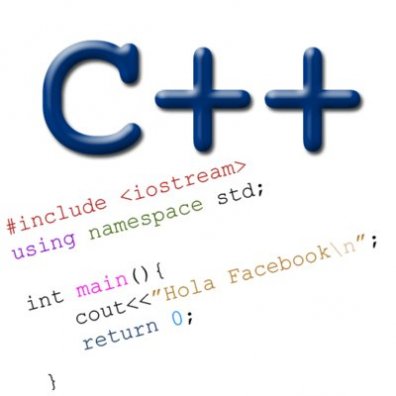
Operating systems, including every version of Windows since 1.0, parts of UNIX that aren't written in C, major parts of OS X, other parts are in Objective-C which is also based on C. In fact, most other programming languages, including Java, PHP, Python, and Perl are written in C or C++. C++ is made up of a number of components, parts of which require understanding distinct sets of grammar. You can think of it as five distinct but connected languages. As part of the C language definitions, the C preprocessor is also incorporated in C++.
The C language itself is the basis of C++, and is entirely incorporated in its definition. C++ classes and objects are used for object-oriented programming patterns. C++ templates are part of the C++ language and the C++ Standard Template Library sometimes called the STL which provides a tremendous amount of common functionality along with the C and C++ standard libraries is also a part of the C++ standard.
The first standard for C++ was ratified by the ISO in 1998. This is commonly referred to as C++98. C++03 was essentially a bug fix release, so it's rarely referred to on its own. Most compilers that support C++03 simply refer to it as C++98. Technical Report 1 or TR1 is mostly a set of library extensions, including regular expressions, smart pointers, hash tables, and random number generators. Most of this became part of C++11. Ratified in August, 2011, C++11 is the first real extension of the C++ Standard. It provides a number of new features, including a range based for loop, type inference, lambda functions, and unambiguous null pointer constant, and most of TR1. This course uses C++11 and the latest versions of all the major compilers in use today support C++11.

On the other hand C++ is a big subject you may want to skip around some, here's an overview of what shoud learn.
- Learn the C language. C provides all the basic syntax for C++. So this is a vital foundation for learning C++.
- Learn the object interface for C++. This is essential for all object- oriented programming and concepts and is used in other parts of the language, including templates and the STL.
- Learn the templates interface for C++. Templates are used in the Standard Template Library so you'll need to understand this in order to fully take advantage of many C++ standard features.
- Learn the C Standard Library which provides many common functions for C++.
- Learn the Standard Template Library. The STL provides many higher-level functions to C++ like strings, containers, 36 algorithms, iterators, and other utilities.
- Learn some of the new features in the C++11 Standard.
The C++ programming language is clearly one of the most important languages in computing today. It is the go-to language for many large and small projects and forms the basis of many other popular languages like Java, C#, PHP and many others.
Hope you enjoy...


